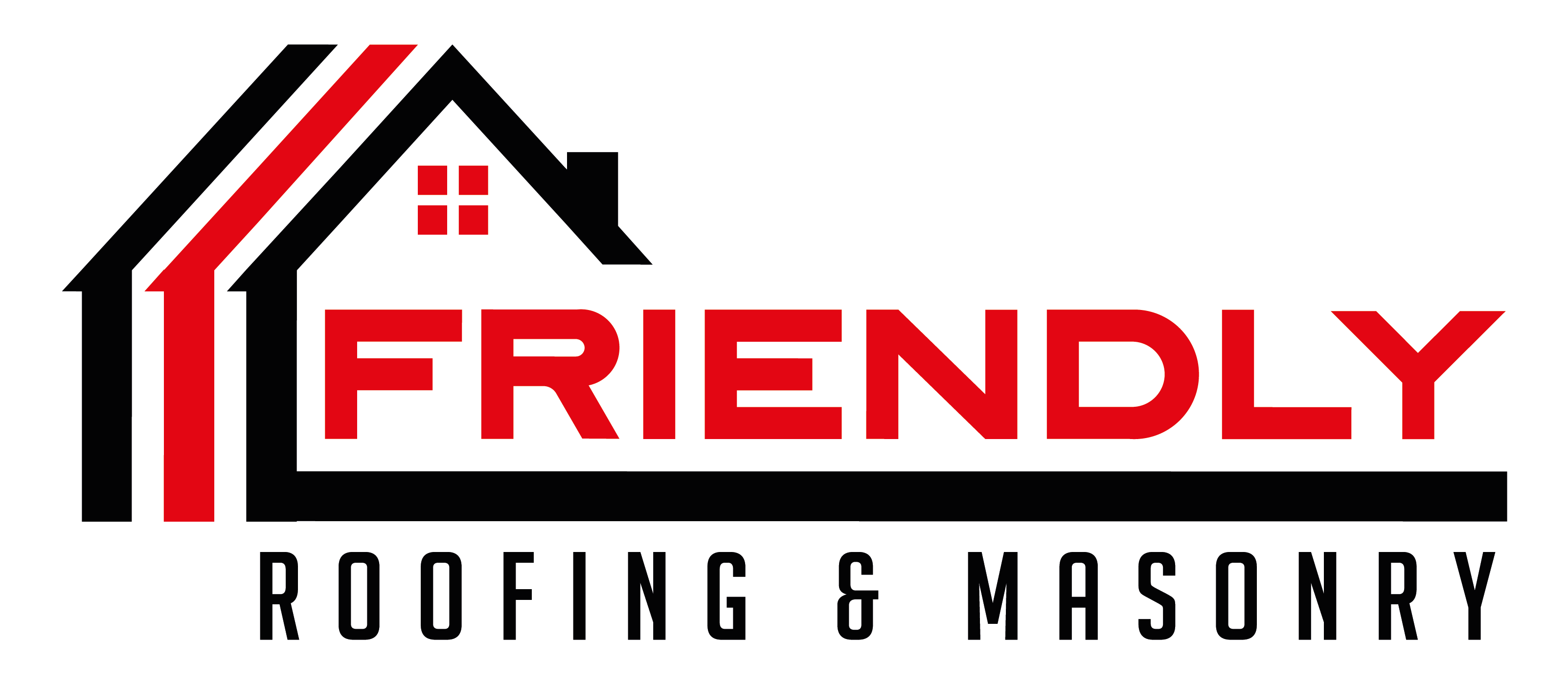Introduction
Maintaining your home’s roof is not only crucial for protecting your property but also for preserving its value over time. A well-maintained roof can prevent costly repairs and extend the lifespan of your entire home. In this comprehensive guide, we’ll delve deeper into essential DIY roof maintenance tips that every homeowner should be aware of, along with valuable insights on why proactive roof care matters.
The Importance of Roof Maintenance
\Your roof is a critical component of your home’s structural integrity. It shields your house from the elements, including rain, snow, wind, and UV radiation. Over time, exposure to these elements can cause wear and tear, leading to leaks, mold growth, and even structural damage if left unattended. Regular roof maintenance allows you to identify and address issues before they escalate, ultimately saving you time, money, and stress.
1. Conduct Regular Inspections
Start by conducting thorough roof inspections at least twice a year, ideally in spring and fall. Use binoculars to inspect from the ground or climb onto your roof with caution using a sturdy ladder. Look for signs of damage such as missing, cracked, or curling shingles, as well as areas of sagging that may indicate underlying structural issues.
Take note of any debris accumulation, especially in valleys and around chimneys or skylights. Clearing debris promptly helps prevent water buildup and potential damage to your roof’s surface.
2. Clear Debris Regularly
Remove leaves, branches, and other debris from your roof’s surface. Debris can trap moisture, promoting mold growth and accelerating shingle deterioration. Use a leaf blower, broom, or garden hose to gently sweep or wash debris off the roof. Pay close attention to valleys, gutters, and around protrusions where debris tends to accumulate.
3. Clean Gutters and Downspouts
Clogged gutters can lead to water backup, causing damage to your roof and home’s foundation. Clean gutters and downspouts regularly to ensure proper drainage. Remove leaves, twigs, and dirt by hand, and flush out remaining debris with a garden hose. Consider installing gutter guards to minimize debris buildup and reduce the frequency of cleaning.
4. Trim Overhanging Branches
Tree branches that overhang your roof can rub against shingles during windy conditions, causing abrasion and potential damage. Trim back overhanging branches to a safe distance from the roof to prevent debris accumulation and reduce the risk of falling branches damaging your roof during storms.
5. Address Moss and Mold Growth
Moss and mold growth on your roof can compromise its integrity and lead to water infiltration. Remove moss and mold using a solution of water and bleach or a commercial roof cleaner. Apply the solution with a sprayer and gently scrub affected areas. Take precautions to protect nearby landscaping from runoff.
6. Replace Damaged Shingles Promptly
Inspect your roof for damaged or missing shingles and replace them promptly to prevent water penetration. Purchase replacement shingles that match your existing roof material and carefully remove old shingles with a pry bar. Secure new shingles in place with roofing nails and seal with roofing cement to ensure a watertight seal.
7. Seal Roof Penetrations
Inspect areas around vents, chimneys, and skylights for gaps or cracks that could allow water to enter. Use roofing cement or silicone caulk to seal these penetrations and prevent leaks. Check seals annually and reapply as needed to maintain a watertight barrier.
8. Ensure Proper Attic Ventilation
Proper attic ventilation is crucial for regulating temperature and moisture levels in your home. Check attic vents for blockages and ensure airflow is not restricted by insulation or debris. Proper ventilation can prevent moisture buildup that can lead to mold growth and premature roof deterioration.
9. Monitor for Signs of Leaks
Keep an eye out for water stains on ceilings and walls, especially after heavy rainfall. Address leaks promptly by identifying the source and repairing damaged areas. Ignoring leaks can lead to extensive water damage and compromise the structural integrity of your roof.
10. Schedule Professional Inspections
While DIY roof maintenance is essential, schedule professional roof inspections annually or after severe weather events. Experienced roofers can identify hidden issues and provide recommendations for repairs or roof maintenance that can extend the life of your roof.
Final Thoughts
Investing time and effort into DIY roof maintenance can save you money in the long run and preserve the structural integrity of your home. By following these tips and regularly inspecting your roof, you can identify and address issues before they escalate into costly repairs. Remember to prioritize safety when performing roof maintenance tasks and consult with a professional for complex repairs or if you’re unsure about tackling certain tasks yourself. With proper care, your roof will continue to protect your home and family for years to come. Start your DIY roof maintenance routine today and enjoy peace of mind knowing your home is well-maintained and protected.

